Silk and allergies: we explain why this natural fiber is recommended, but first let's review the symptoms and causes of this abnormal reaction of the immune system.
What is an allergy?
Allergy is one of the fastest-growing diseases in our increasingly polluted and stressful world.
It is a reaction triggered by a substance to which the person is allergic, called an allergen.Dust mite allergy is one of the most common. The most common symptoms are a runny nose, itching, sneezing and a dry cough. These symptoms not only spoil life, but also ruin sleep and send us into a vicious circle. Many people are allergic to dust mites without even knowing it. If you often have a stuffy nose and a tendency to sneeze when you wake up in the morning, there's a good chance this is the case for you.
How can allergies be reduced?
There's no radical cure for allergies, but there are a number of best practices.
Diet
There are several ways to reduce allergic reactions. Doctors recommend eating foods rich in vitamin C, for example. Indeed, studies have shown that allergy sufferers have a low intake of vitamin C. Eating a healthy, balanced diet also helps.
At home
You can use an air conditioner to help combat humidity. It's important to keep dust and pollutants such as tobacco, cleaning product fumes and other chemicals to a minimum. Carpets and synthetic curtains are very popular with dust mites. They should therefore be cleaned regularly, if possible at high temperatures.
Bedding
On average, we spend a third of our time in bed, in direct contact with our bedding. Poor bedding can quickly become a nest for dust mites. Mites are particularly fond of damp, warm places, sheltered from fresh air, and feed on the dead skin particles present in our bed. Mattresses, pillows and comforters are therefore very popular places for dust mites. That's why we recommend airing the bed in the morning to reduce the level of humidity under the comforter, and washing the sheets regularly.
What are the advantages of silk against allergies?
Inhospitable fibers
It has been scientifically proven that silk reduces the development of dust mites. This is because silk is an absorbent material, which reduces surface moisture. In addition, silk is made up of fine fibers into which dust mites cannot penetrate.Air permeability
Silk comforters and silk pillows are made with air-permeable silk fibers, which are naturally thermoregulating and therefore limit perspiration. What's more, silk comforters without topstitching provide extra ventilation that wicks away perspiration. See our guide to silk comforters.
Softness and a soothing composition
Silk is a natural material of animal origin whose DNA is close to the composition of the skin. The fact that it is soft to the touch also limits the risk of inflammation. Silk satin is the only material suitable for certain burn victims.The combination of these properties makes silk a particularly suitable textile for bedding. All these properties are 100% natural, without any additional treatment. Silk is therefore perfectly suited to people suffering from skin and respiratory allergies.
Why choose our products?
In addition to offering natural products with beneficial properties, Maison de la Soie guarantees quality products made from carefully selected raw materials. Our products are regularly tested by the independent OekoTex®laboratory to ensure that they contain no harmful substances.
Silk, the ally of sensitive skin
Enjoy the incomparable softness of silk, suitable for people prone to allergies and irritations. Rediscover the comfort of healthy, elegant bedding.
Browse our silk pillows and comforters


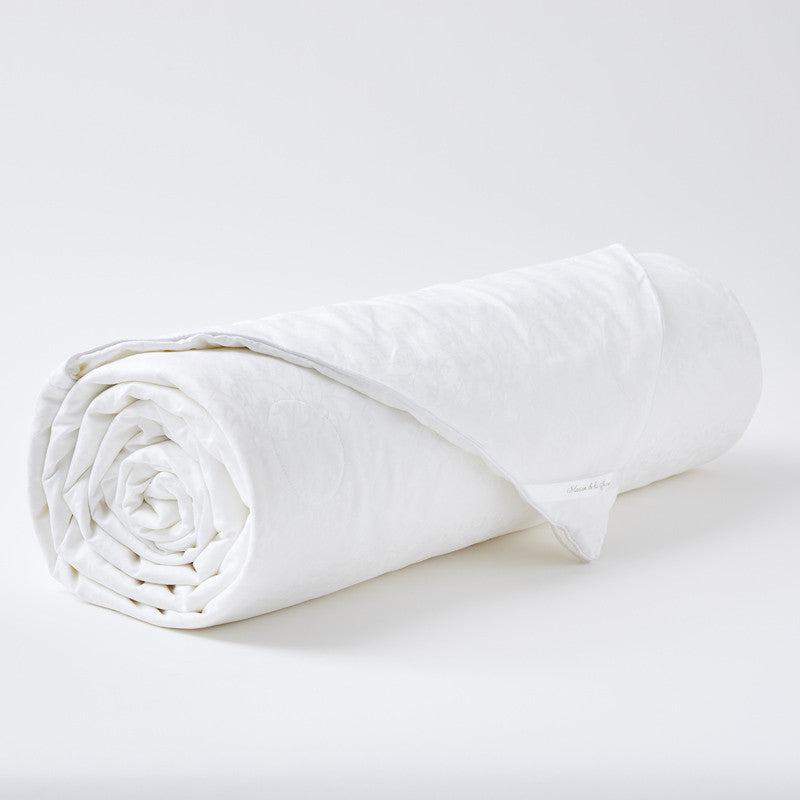
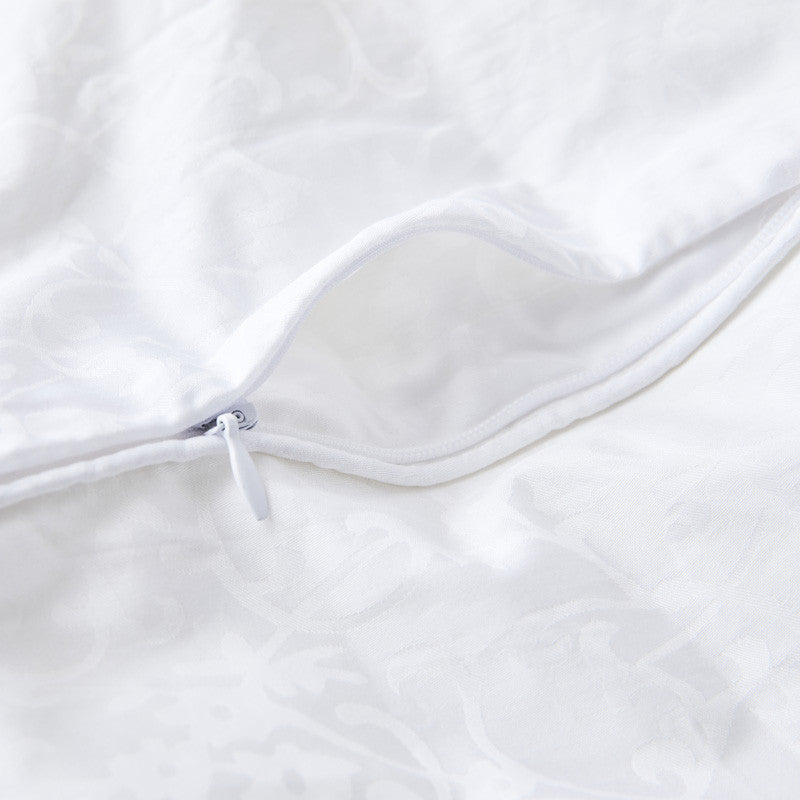
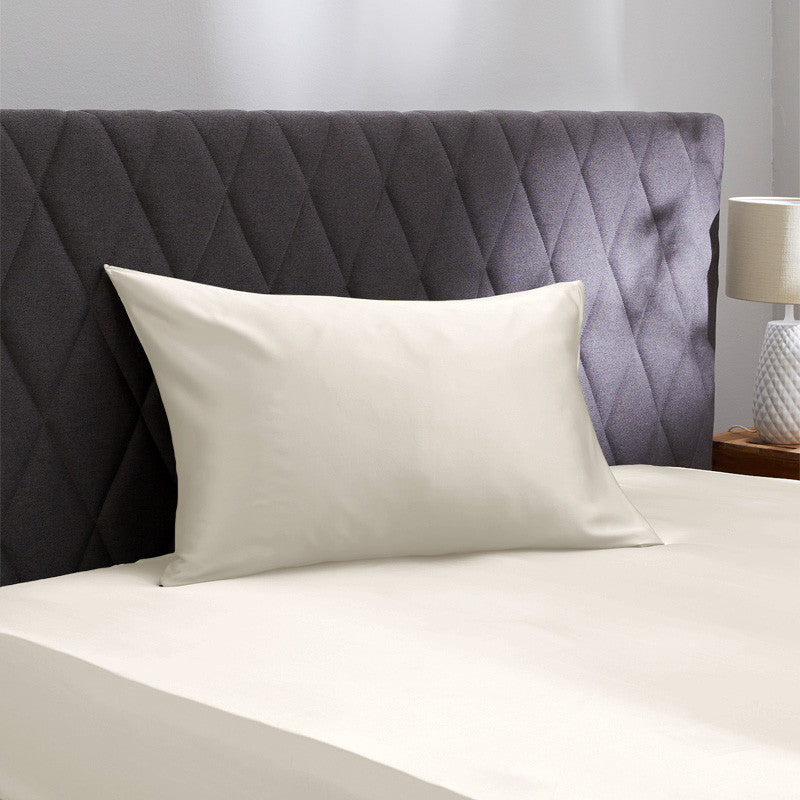
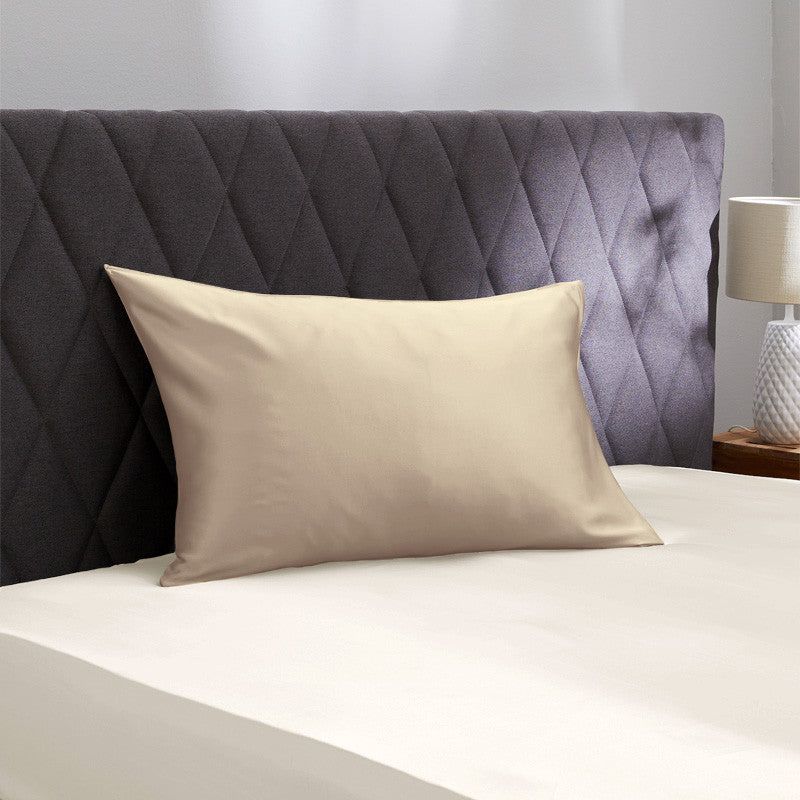
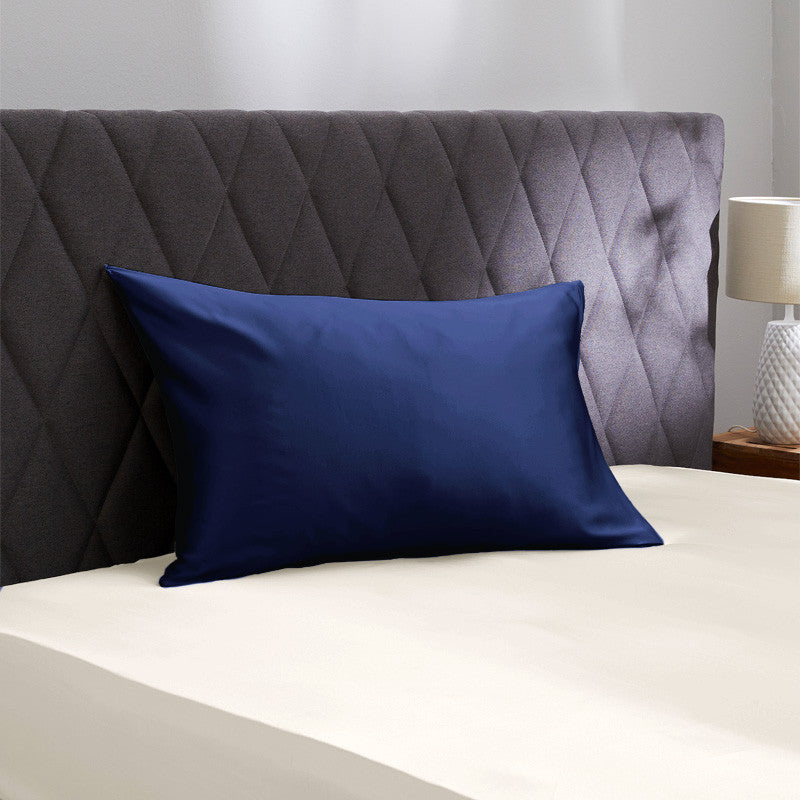
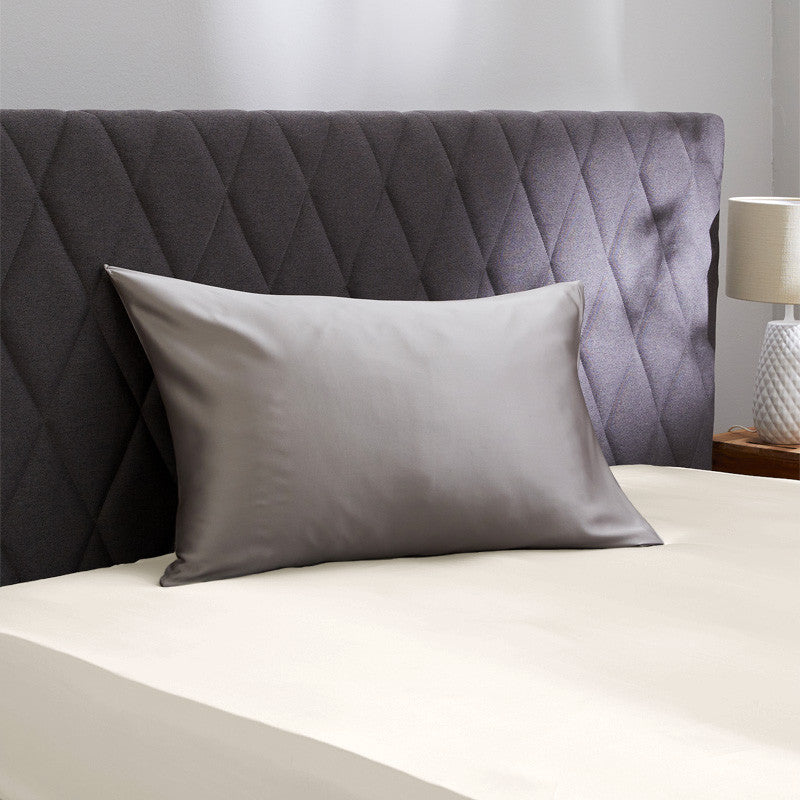
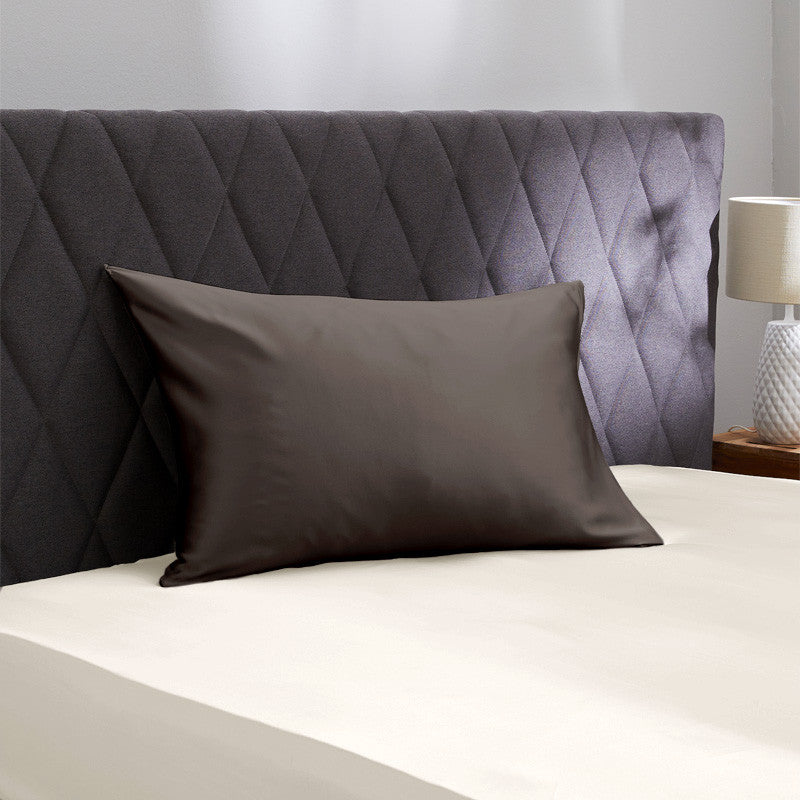
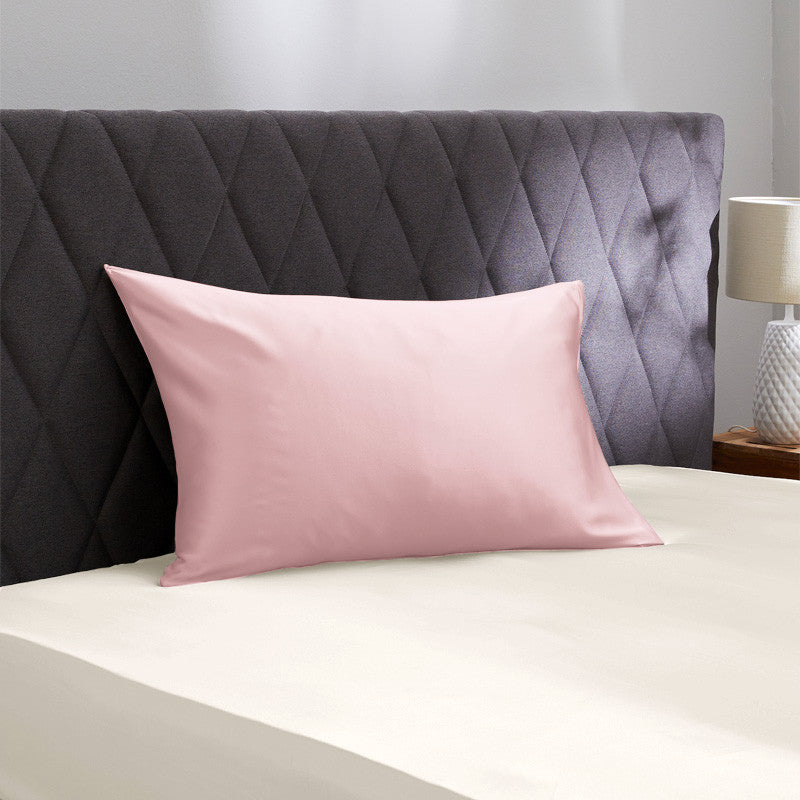
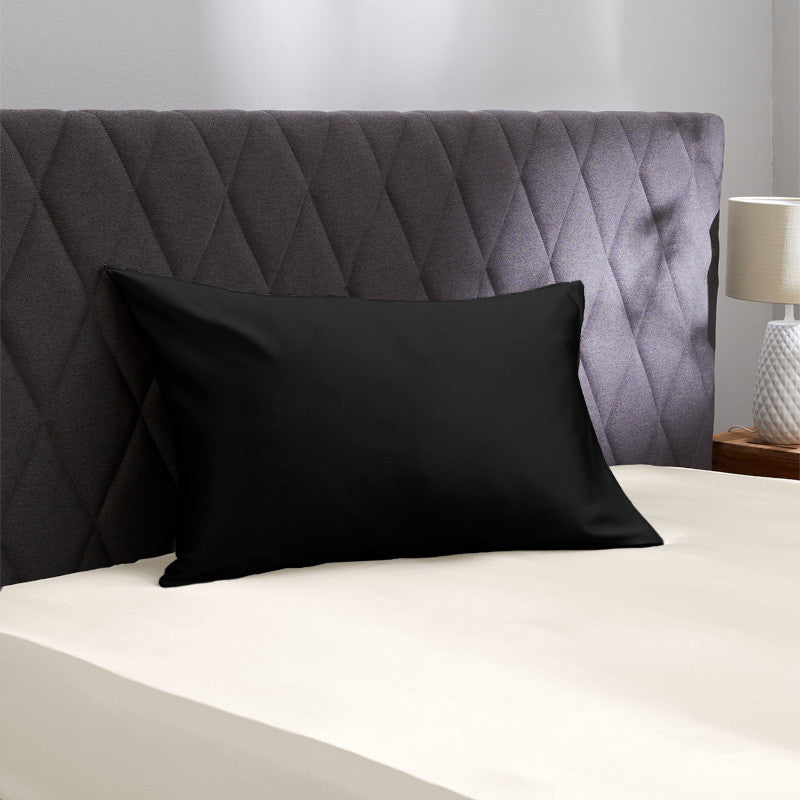
Leave a comment